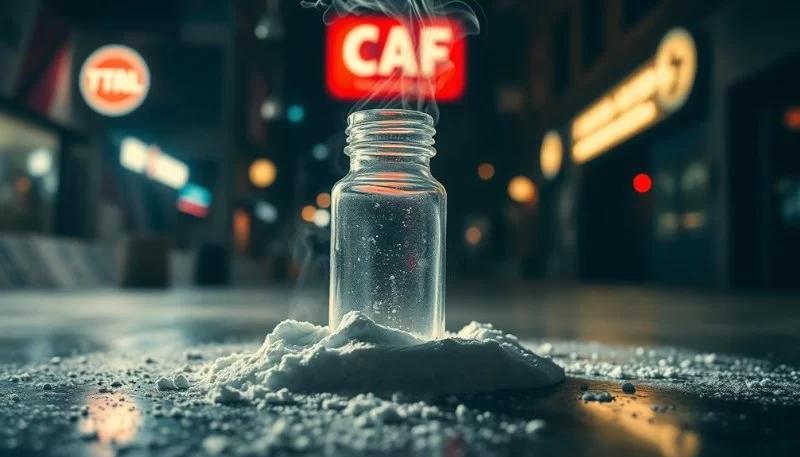- 1-Understanding-the-Odor-of-Cocaine
- 2-Does-Cocaine-Smell-Like-Perfume
- 3-How-Perfume-Is-Used-to-Mask-Cocaine-Smell
- 4-Real-Life-Examples-and-Expert-Insights
- 5-Importance-of-Accurate-Scent-Identification
1. Understanding the Odor of Cocaine
Cocaine, a white crystalline powder derived from coca leaves, has a distinctive chemical odor that can sometimes be sharp, chemical-like, or even slightly sweet depending on purity and additives. The natural scent is often described as faint but detectable by those familiar with narcotics. Recognizing cocaine’s odor is essential in contexts ranging from law enforcement to personal safety.
However, many factors influence how strongly cocaine’s odor is perceived, including storage methods, mixing substances, and environmental conditions.
1.1 Variations in Cocaine Smell
Because cocaine is often cut with other chemicals or substances, the smell can vary widely. This variability sometimes makes it difficult to identify without specialized training or equipment.
2. Does Cocaine Smell Like Perfume?
A common question is whether cocaine can smell like perfume. In some cases, the answer is yes—but not because cocaine naturally smells like perfume. Instead, those attempting to conceal the drug’s presence may apply perfumes or scented sprays to mask its chemical odor. This practice can lead to confusion or mistaken identification.
It’s important to note that pure cocaine does not inherently smell floral or fruity like most perfumes. If a perfumed scent is detected, it is usually an external addition rather than an intrinsic property of the drug.
2.1 Why Perfume is Used
Perfumes are strong and often cover a wide scent range, making them effective for disguising less pleasant odors. Individuals or dealers might spray perfume to avoid detection during transport or storage, complicating scent identification efforts.
3. How Perfume Is Used to Mask Cocaine Smell
The use of perfume to mask cocaine’s odor is a strategic choice, especially when the drug is hidden in luggage, clothing, or vehicles. The floral or musky notes of perfume can overpower the subtle chemical smell of cocaine, reducing the chances of detection by casual observers or scent-sniffing dogs.
This tactic poses challenges for security personnel and law enforcement, who must rely on additional techniques beyond scent to identify concealed substances.
3.1 Limitations of Perfume Masking
Despite its masking ability, perfume cannot completely eliminate all chemical traces. Advanced detection tools and trained professionals can often identify cocaine presence even when perfumes are used.
4. Real-Life Examples and Expert Insights
In one documented case, airport security detected cocaine hidden in luggage despite strong perfume scents intended to mask it. Trained sniffer dogs and chemical testing revealed the presence despite the olfactory camouflage.
Experts in fragrance analysis emphasize the importance of understanding layered scents. Perfume masking is a known technique in narcotics concealment, requiring vigilance and advanced detection methods.
4.1 Perspectives from Fragrance Specialists
Professionals from the fragrance industry, like those at Scent Snob, highlight that perfume layering can sometimes cause olfactory confusion but rarely makes a drug smell like perfume inherently. They advise careful scent profiling to differentiate natural perfume notes from masking agents.
5. Importance of Accurate Scent Identification
Whether for personal safety or professional purposes, accurately identifying odors related to cocaine and other substances is critical. Misidentifying a scent can lead to false assumptions, while overlooking a masked odor can have serious consequences.
Understanding that cocaine does not naturally smell like perfume helps clarify this confusion and stresses the importance of comprehensive scent detection strategies.
For those interested in exploring genuine and nuanced fragrance scents without confusion, Scent Snob offers expert guidance and carefully curated products that celebrate authentic aromas.


0 comments